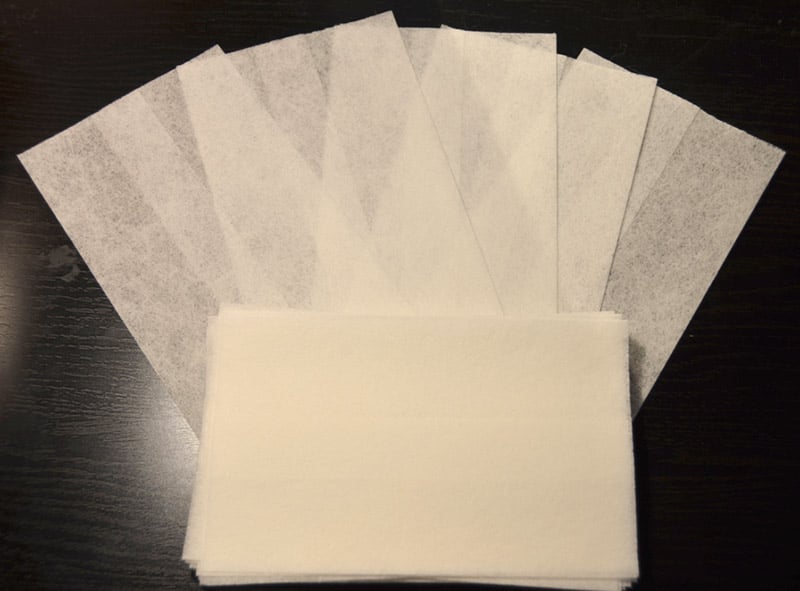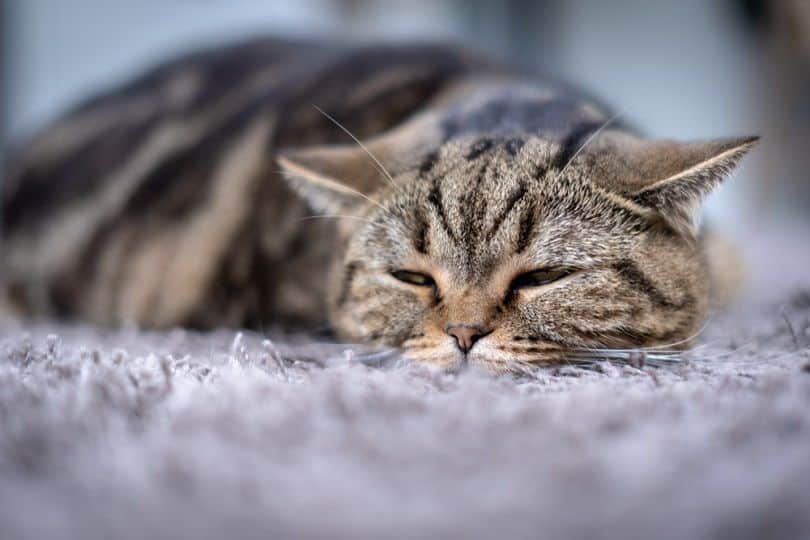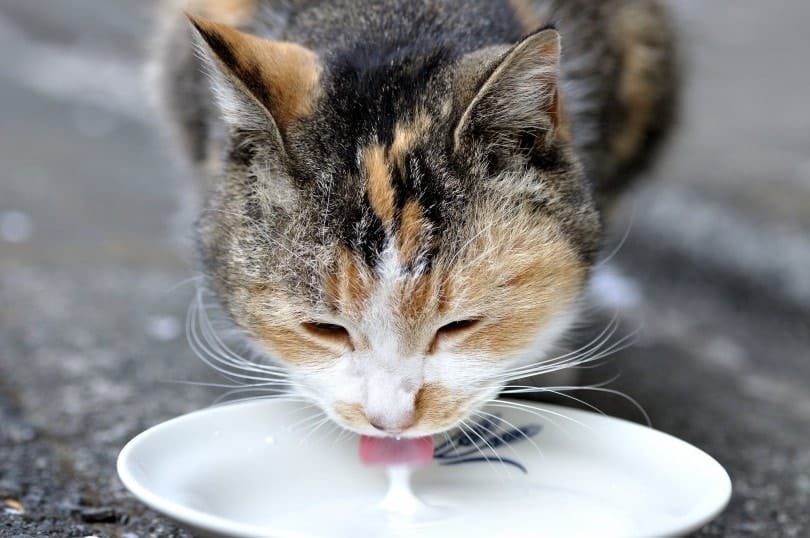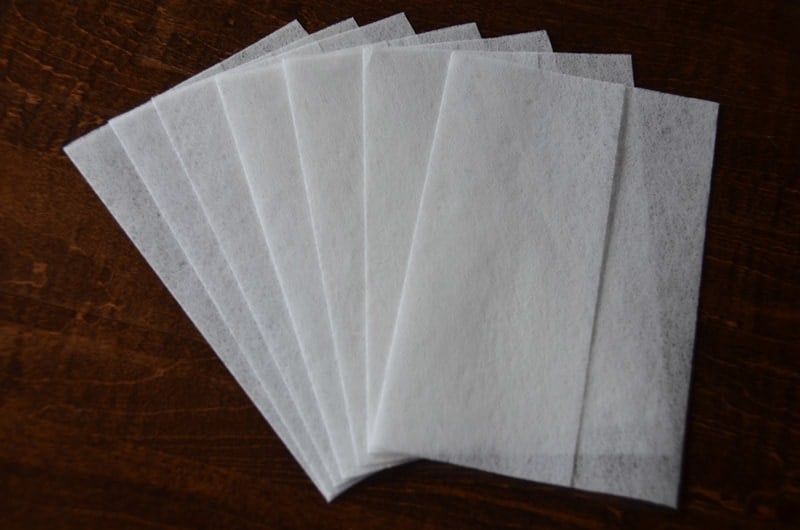As cat parents, we all know that cats are curious, mischievous, and can get into any number of things they shouldn’t. That includes toxic chemicals, toxic plants, and even dryer sheets.
Fabric softeners, both in liquid and dryer sheet form, can be very dangerous for your cat to ingest. Some people think that since the fabric softener in a dryer sheet is dry that it can’t hurt their cats. However, that is not the case, and we’ll discuss the dangers of dryer sheets and how to prevent your beloved feline from consuming them.
Why Are Dryer Sheets Dangerous to Cats?
Whether in liquids or dryer sheets, fabric softeners contain chemicals called cationic surfactants. These are extremely harsh chemicals that, when used in dryer sheets, get released inside your dryer. They’re designed to soften your clothes and prevent static buildup.
Dryer sheets also contain synthetic materials, which don’t break down in your cat’s gastrointestinal tract. The cationic surfactants and synthetic materials are significant hazards to your cat, and you should avoid leaving dryer sheets or liquid detergents where your pet can access them. Your cat is extremely sensitive to chemicals, to begin with, and the chemicals in your average dryer sheet are no exception.
Your cat having ingested a drying sheet is not something to take lightly. Cationic detergents result in a corrosive injury to your cat’s skin, eyes, and mucus membranes.

Signs that Your Cat Ate a Dryer Sheet
Here are the signs that may indicate your cat consumed a dry sheet.
- Appetite loss
- Drooling
- Burns on the inside of the mouth
- Depression
- Swollen tongue
- Increased respiratory noise 6 to 8 hours after ingestion
- Abdominal pain
- Fever
- Inflammatory changes in the blood
Some of these signs can only be determined by your vet, so if you suspect your cat has eaten a dryer sheet, it’s best to take it to the vet right away for diagnosis and treatment.

 What to Do If Your Cat Eats a Dryer Sheet
What to Do If Your Cat Eats a Dryer Sheet
If your cat is not promptly treated by a veterinarian after eating a dryer sheet, it could experience the following:
- Seizures
- Weakness in the muscles
- Coma
- Collapse
- Fluid in lungs
Your vet will probably use a combination of medications to treat any specific signs. This may include anti-seizure medications and fluid therapy to help dilute this corrosive agent. Milk is also often used to coat the cat’s esophagus, which helps to reduce the burning caused by the chemicals and the pain your cat is in. Induced vomiting is not recommended due to the potential of corrosive injury to the mucus membranes.

Preventing Your Cat from Eating Dryer Sheets
We all know that cats can get into anything, even stuff we thought we had put out of their reach. The best way to prevent your cat from getting into your dryer sheets is by keeping them locked up. It’s also not a good idea to let your cat interact with the clothes coming out of the dryer since they may have traces of chemicals on them.
It’s best to keep the laundry door closed to keep your cat from entering at all times.

Final Thoughts
Cats love anything cozy and warm, and clothes right out of the dryer check all the boxes. However, the dryer sheets you use are a great risk to your feline pal. Make sure you keep the dryer sheets away from your pet, and if you feel that your cat has eaten one, take it to a vet immediately.
With prompt treatment, your cat can make a full recovery!
Featured Image Credit: Noah Rolseth, Shutterstock



 What to Do If Your Cat Eats a Dryer Sheet
What to Do If Your Cat Eats a Dryer Sheet






